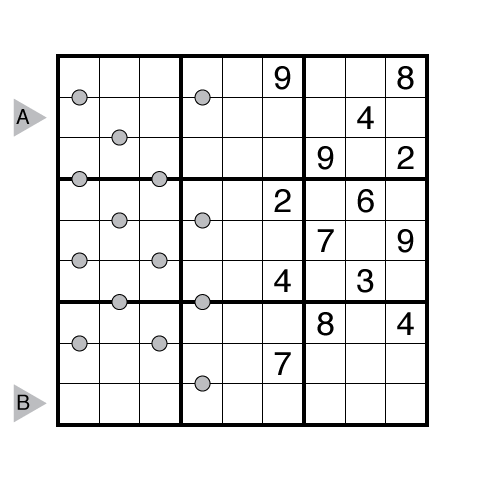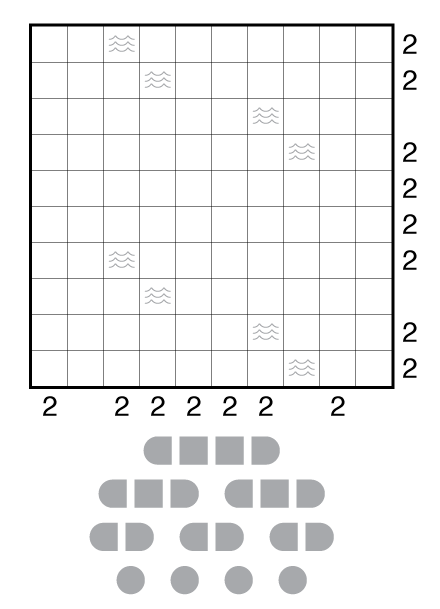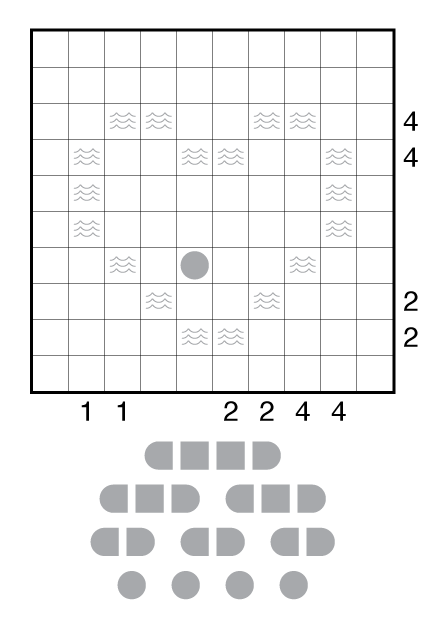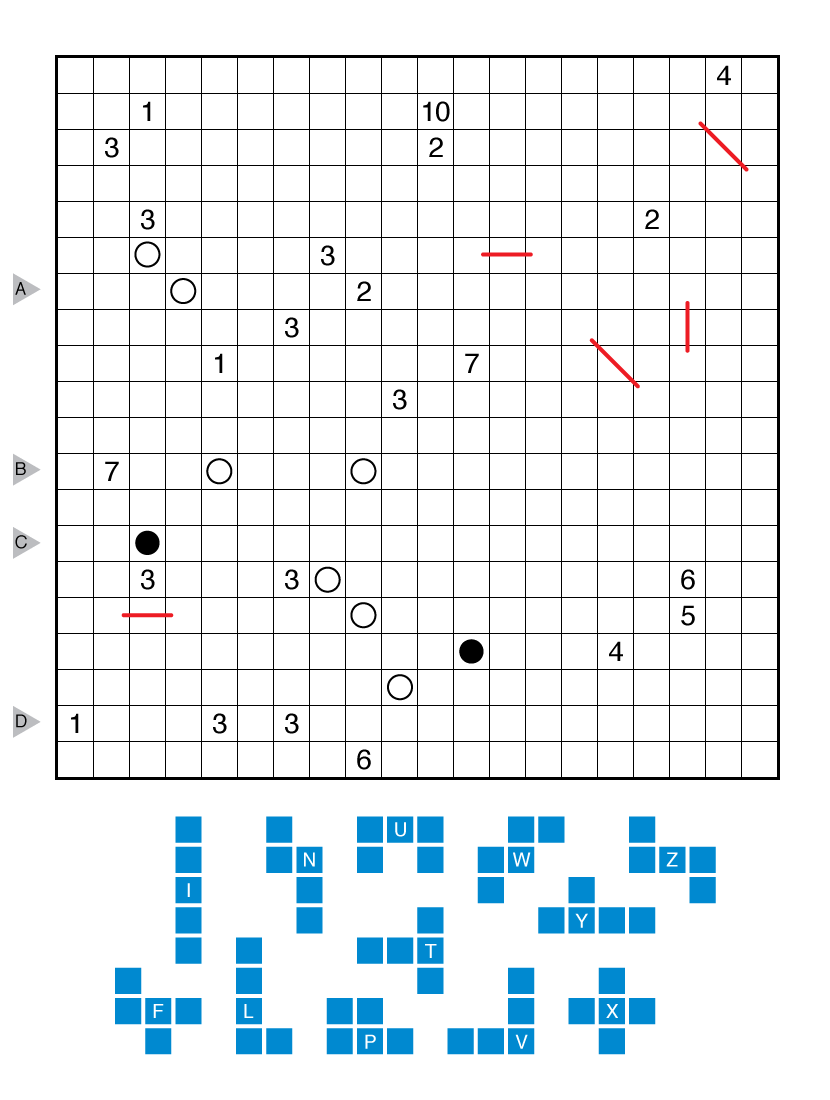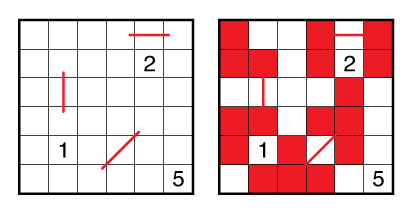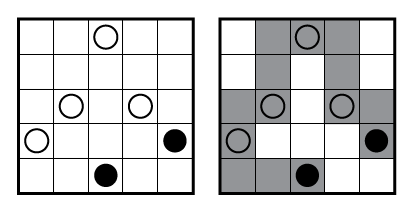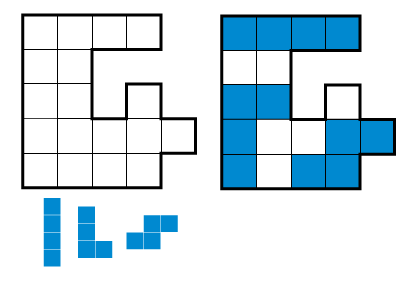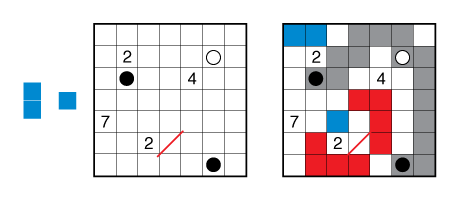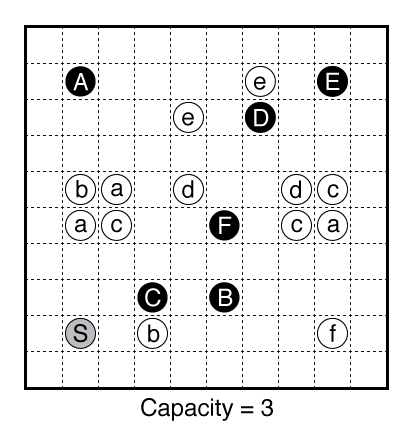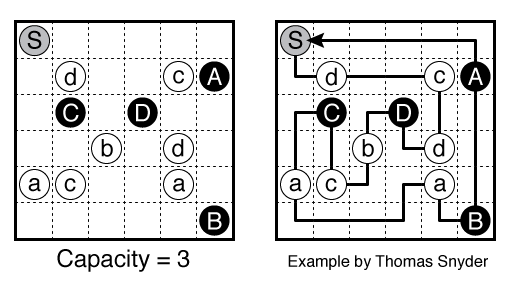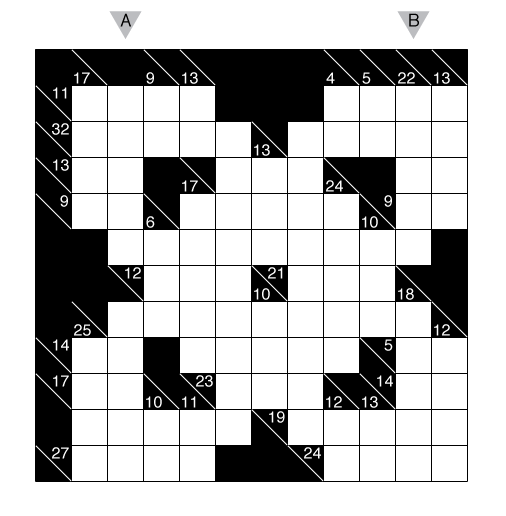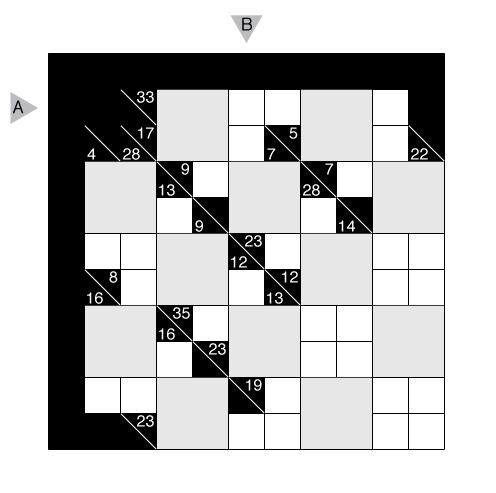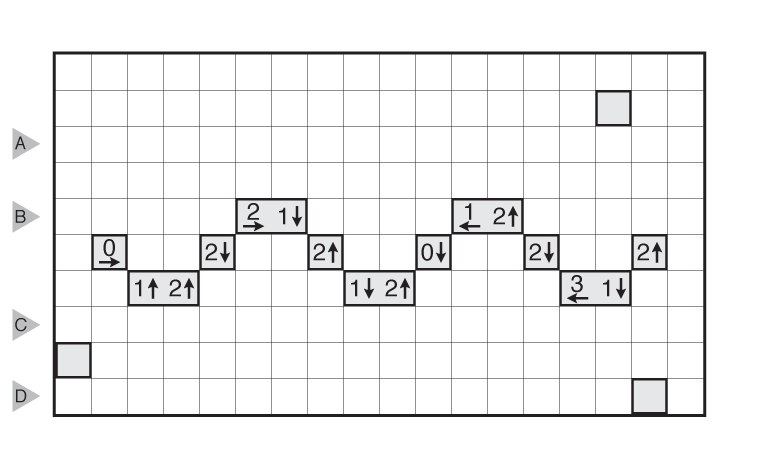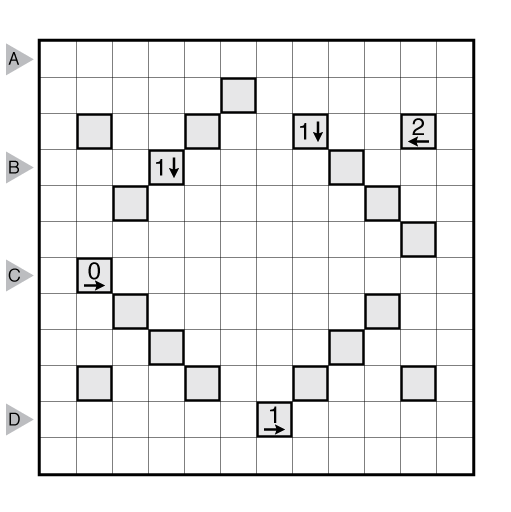Birthday Surprise Sudoku by Prasanna Seshadri
(Note: This bonus puzzle is being posted today to mark the occasion of Prasanna’s birthday.)
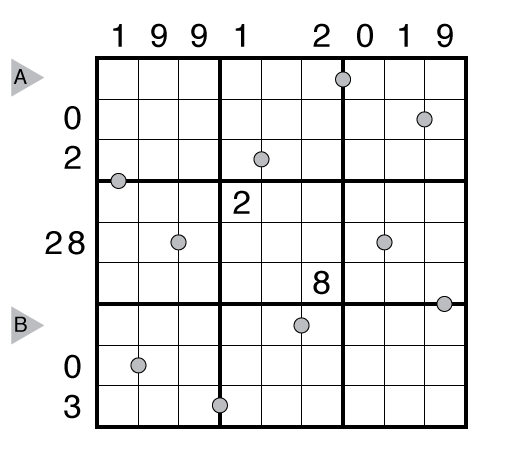
or solve online (using our beta test of Penpa-Edit tools)
Theme: 28 from 03/02 1991-2019
Author/Opus: This is the 173rd puzzle from our contributing puzzlemaster Prasanna Seshadri.
Rules: Standard Sudoku rules. The numbers outside the grid indicate the sum of all digits between the 8 and the 9 in that row or column. Also, as in Consecutive Pairs Sudoku, if a gray circle is given between two adjacent cells, then the two numbers in those cells must be consecutive. (Note: not all gray circles are given; adjacent cells without a circle may contain either consecutive numbers or nonconsecutive numbers.)
Answer String: Enter the 1st row from left to right, followed by a comma, followed by the 7th row from left to right.
Time Standards (highlight to view): Grandmaster = 6:45, Master = 10:00, Expert = 20:00
Solution: PDF
Note: Follow this link for other variations of Sudoku and this link for classic Sudoku. If you are new to this puzzle type, here are our easiest Sudoku to get started on.

